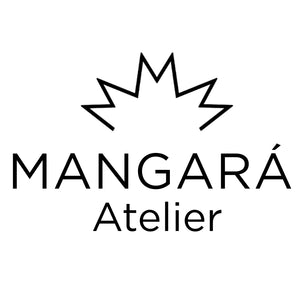In the world of sustainable style, few debates are as lively as the one surrounding real leather. As the slow fashion movement gains momentum, many wonder: can real leather and slow fashion truly coexist? The answer is a resounding yes—when approached thoughtfully, real leather can be a responsible, even sustainable, choice.
Understanding Slow Fashion
Slow fashion is all about mindful consumption. It encourages us to buy less, choose well, and make our clothes last. This movement values quality over quantity, ethical production, and timeless design. The goal? To reduce waste, support fair labor, and minimize our environmental footprint.
The Case for Real Leather
Real leather has been used for centuries, prized for its durability, comfort, and classic appeal. Unlike many synthetic alternatives, high-quality leather can last for decades when cared for properly. This longevity aligns perfectly with slow fashion’s core principles.
Here’s how real leather fits into the slow fashion philosophy:
- Durability: Leather products often outlast their synthetic counterparts, reducing the need for frequent replacements.
- Repairability: Leather can be repaired, conditioned, and restored, extending its life even further.
- Timelessness: Leather pieces rarely go out of style, making them ideal for a capsule wardrobe.
Ethical and Sustainable Leather Choices
Of course, not all leather is created equal. The slow fashion approach means being selective and informed:
- Support Ethical Brands: Choose brands that prioritize animal welfare, responsible sourcing, and fair labor practices.
- Buy Secondhand or Vintage: Pre-loved leather goods are a sustainable option, giving existing items a new life.
- Care for What You Own: Regular cleaning and conditioning can keep leather looking great for years, reducing the need for new purchases.
The Leather Working Group: Setting Standards for Sustainable Leather
A key player in promoting sustainable leather practices is the Leather Working Group (LWG). This organization brings together brands, tanneries, and suppliers to improve environmental performance in the leather industry. The LWG audits and certifies tanneries based on strict criteria, including water and energy use, waste management, and chemical handling.
When you choose leather products from LWG-certified sources, you’re supporting a supply chain that values transparency, environmental responsibility, and continuous improvement. Many slow fashion brands now highlight their use of LWG-certified leather as part of their commitment to sustainability.
Balancing Values
For some, the use of animal products is a personal choice. For others, the focus is on reducing waste and supporting ethical production. Slow fashion allows room for both perspectives. The key is to make conscious, informed decisions that align with your values.
Conclusion
Slow fashion and real leather are not mutually exclusive. In fact, when sourced and cared for responsibly, leather can be a shining example of slow fashion in action. By choosing quality over quantity, supporting sustainable initiatives like the Leather Working Group, and investing in pieces that last, we can enjoy the best of both worlds: timeless style and a lighter footprint on the planet.
Ready to make mindful choices? Consider how real leather—especially from LWG-certified sources—might fit into your slow fashion journey, responsibly, ethically, and stylishly.

